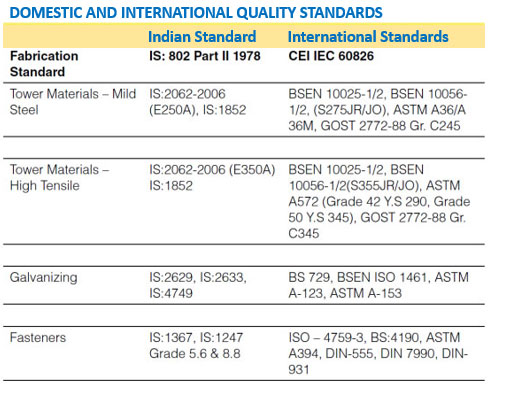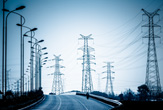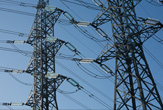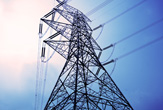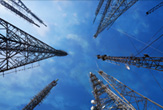
- About Us
-
Investors
- Financial Performance
-
Corporate Governance
- Corporate Governance
- Board and Committee Structure
- Statement of Deviation(s) or Variation(s)
- Familiarisation Programme for Independent Directors
- Business Responsibility & Sustainability Report
- Appointment Letter to Independent Director
- Persons ceased to be a Director
- Credit Rating
- Annual Secretarial Compliance Report
- Annual CSR Plan
- Disclosure pursuant to the provisions of securities and exchange board of India (Share based employee benefits and sweat equity) regulations, 2021
- Shareholder Information
- Rights Issue
- Saksham Niveshak Campaign
- Research and Presentation
- MOA & AOA
- QIP
-
Codes & Policies
- Business Responsibility & Sustainability Policy
- Dividend Distribution Policy
- Code of Conduct for Directors/ Senior Management Personnel
- Related Party Transaction Policy
- Corporate Social Responsibility Policy
- Nomination & Remuneration Policy
- Anti-Bribery and Anti-Corruption Policy
- Environmental Social and Governance (ESG) Policy
- Whistle Blower Policy
- Archival Policy
- Policy for Determination of Materiality of Events
- Code of Practice & Procedure for Fair Disclosure of UPSI
- Code of Conduct to Regulate, Monitor & Report Trading by Designated Persons
- Policy on preservation of documents
- Investor Contact
- Disclosure under Regulation 46
- Archives

ENGINEERING
INFRASTRUCTURE
POLYMER SECTOR
-
 UPVC Pipes and Fittings
UPVC Pipes and Fittings
-
 CPVC Pipes and Fittings
CPVC Pipes and Fittings
-
 SWR Pipes and Fittings
SWR Pipes and Fittings
Plumbing and Sewage
-
 Rigid Pipes and Fittings
Rigid Pipes and Fittings
Agriculture














